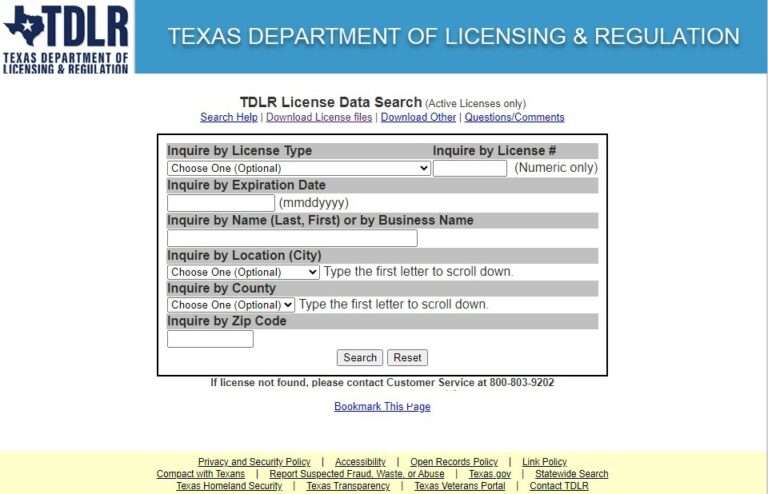By d-mars.com News Provider
With so much of the workforce now officing from home, many companies’ IT departments are working overtime to adopt the strategies and toolkits that will empower their employees to work productively and safely while remote.
The more proactive companies can be about these strategies the better, since a good portion of the nation’s workforce will not be returning to centralized work locations anytime soon. In fact, a recent survey by economists at Harvard Business School found that one in six workers nationwide will continue working from home or co-working at least twice a week – even after the pandemic comes to a halt.
Before COVID sent everyone home, many companies had basic strategies in place for enabling off-site work, including providing employees laptop computers, optimizing online collaboration tools and empowering their IT departments to complete software installations and upgrades remotely.
Those measures are still important. What’s changed is that employees from different companies and sectors are working in close quarters more frequently than before. Some families now have in-laws, adult children and other family members working from the same locations, and some are managing other companies or looking for jobs. In my own company, the privacy issues my team members face in many of their households have challenged us to tighten up security measures.
One concern for many companies is that there aren’t enough controls in place to keep people from viewing the data displayed on other people’s computer screens, whether inadvertently or on purpose. In the worst-case scenarios, there could be data leaks between people who are working in close proximity and employed with competing firms. And unfortunately, the shift to widespread remote working has opened doors even further for those who would steal data for nefarious purposes.
In the new normal, employers need to make sure they’re protecting their data no matter where their workers live, and whether they’re working from home or at a coffee shop.
So what are some steps IT managers can take to help keep proprietary company data private and secure?
* Implement privacy screens as a key part of the toolbox to help protect your screen from being seen when you’re working in areas with other people. These screens are a company’s first line of defense against visual hacking, which can lead to costly data breaches. And, they add value by protecting users’ eyes from the UV rays that can create glare on their computer screens, sometimes adding to visual fatigue.
* Ensure your IT staff has the training and tools it needs to handle software upgrades remotely and ship new communications technology equipment quickly and efficiently.
* Create guidelines and policies for presentations, content exchanges and other elements of communications made possible through collaboration tools such as Zoom and Teams.
* Reinforce routine safeguards such as two-factor authentication; strong and frequently changed passwords; encryption software; strong firewall; antivirus software and anti-malware.
* Ensure employees are keeping their work computers separate from others used by family members.
* Keep employees informed about the most common phishing scams.
As U.S. companies increasingly migrate to remote work models, it’s more important than ever to have strong corporate policies in place to protect against data breaches. Take time now to ensure your employees have everything they need to protect your firm’s proprietary information.
Source: BPT








